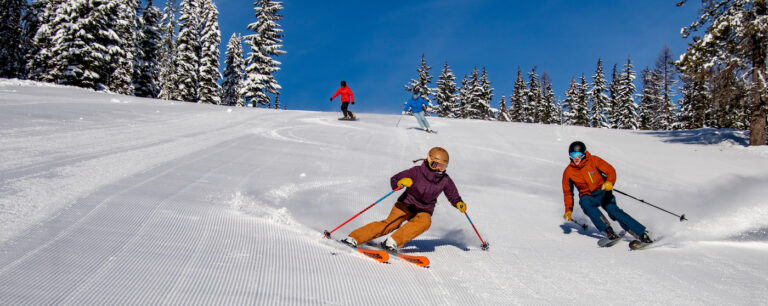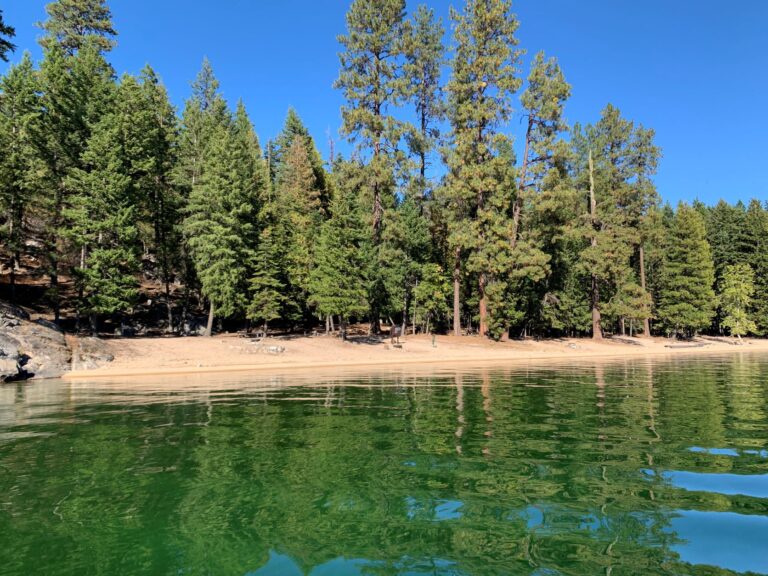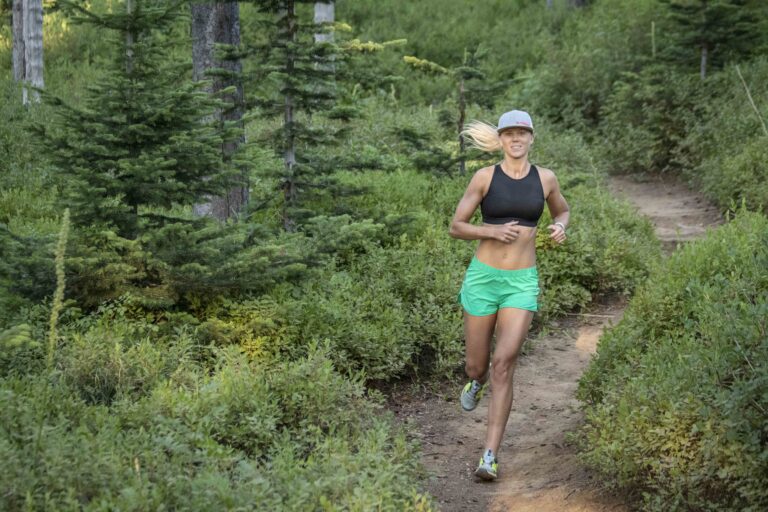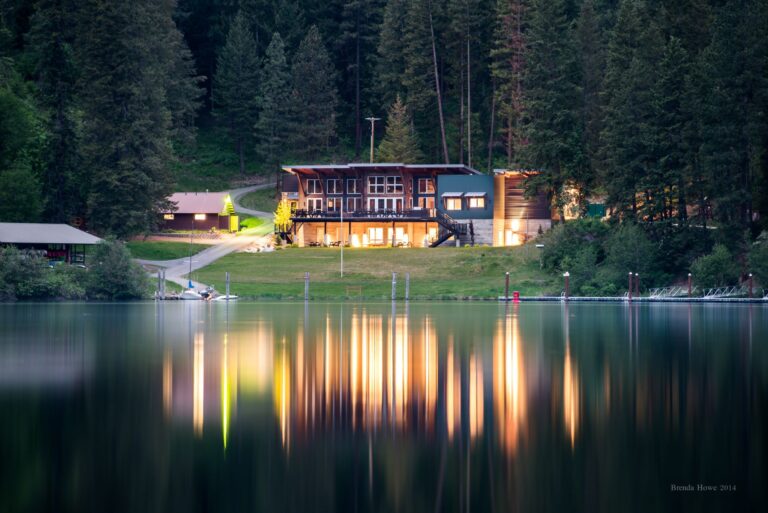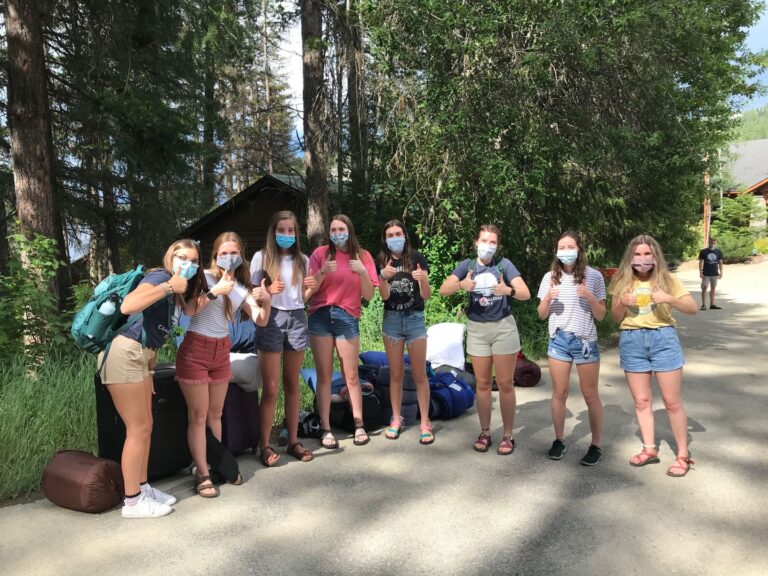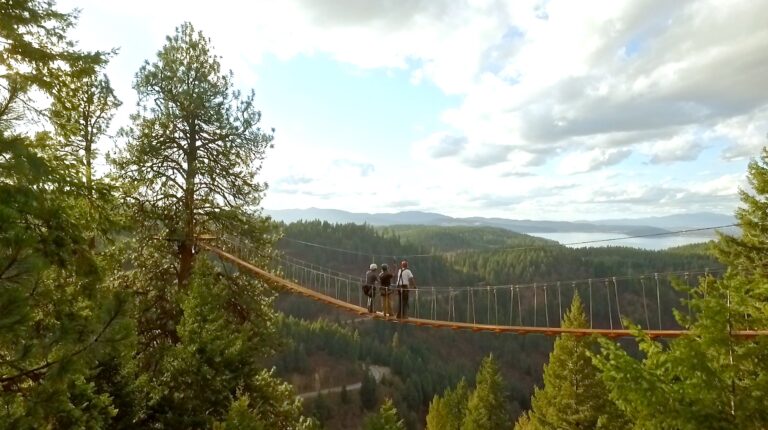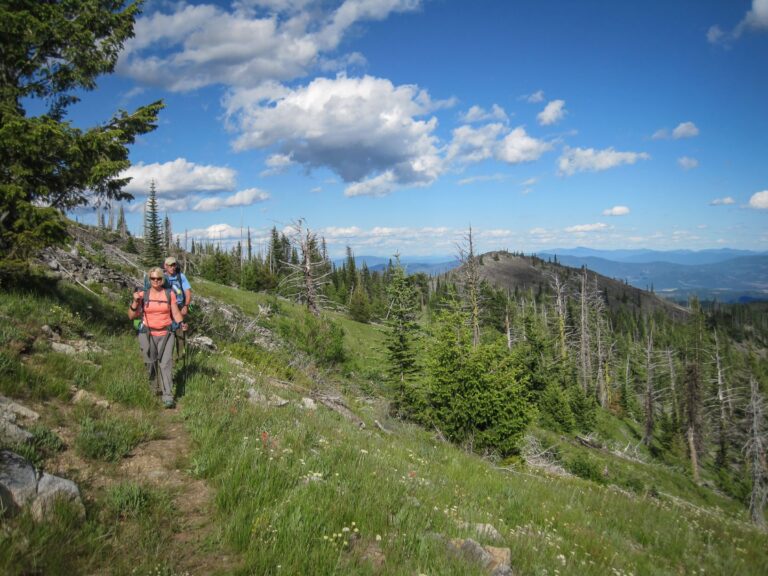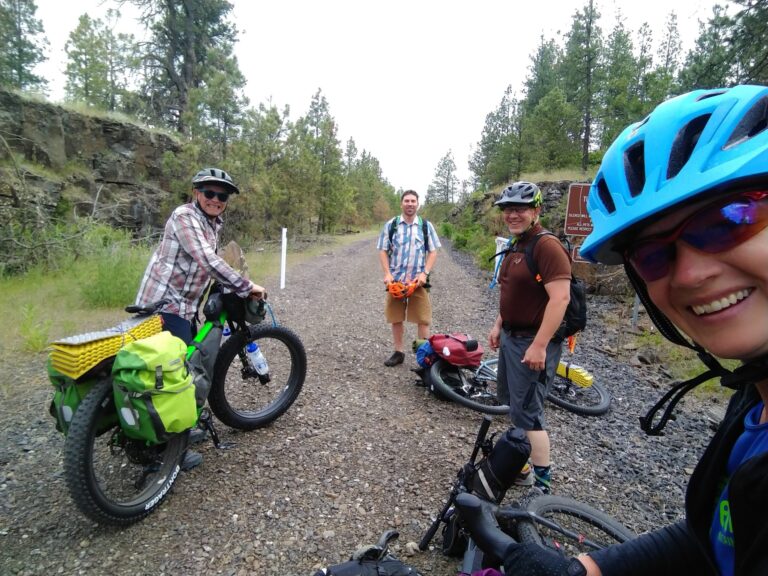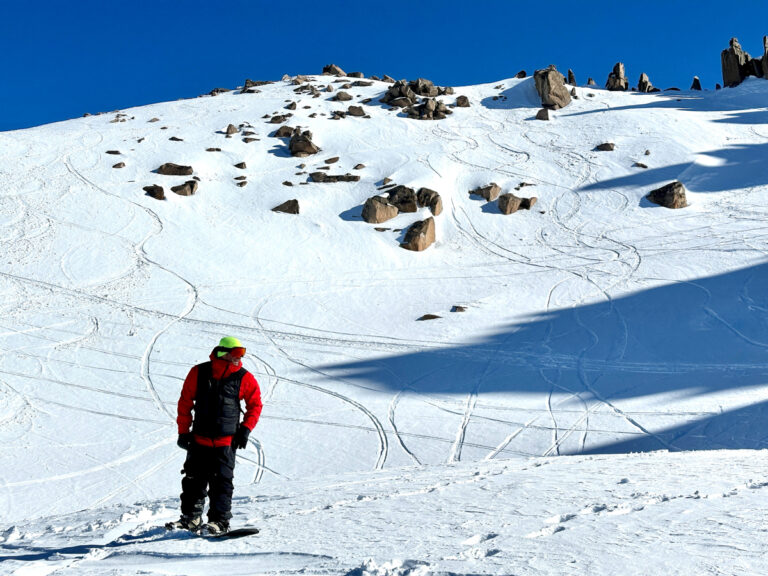By Adam Gebauer
Cover photo by Fiona Hicks courtesy of the Kanisku Land Trust
When a colleague mentioned seeing a small herd of exotic animals going up Highway 20 near the Sherman Creek Wildlife Area in Northeast Washington, I had to see where this story led. My colleague had grown up in this part of the state and worked for several natural resource agencies, so I listen when something sticks out as unusual—like seeing a few camels, a yak, and some goats with a minimally clad herder heading up the highway.
I started making phone calls and sending emails to any connection I could make. Did anyone have information on this nomadic herder? I started with the WDFW at Sherman Creek Wildlife Area, but the staff I talked to hadn’t heard these stories of a few camels walking by. Then I asked the Colville National Forest. They had no direct knowledge of this person and his flock. But I did learn that recreational grazing is allowed on National Forest as long as there are no negative impacts.
I got wind of a landowner in the Rice area who might have something, including a name, Chris. Chris had overwintered with his herd on a neighbor’s property, trading work around the property for housing his stock and himself, presumably. The neighbor reported that Chris frequently and seasonally moved his animals from the Okanogan to Northeast Oregon. I started looking for news from other forests. One fateful day, I was talking with another colleague on an entirely unrelated topic and heard about an organization that focuses on natural living, bush craft, and other close-to-the-land skills. On their website, I saw an instructor bio for Chris who taught about mixed herd management, but not too much more. Did I finally have a last name?
Yes, I did! Another Google search and there it was, an article about Chris grazing his animals for the Kaniksu Land Trust right in Sandpoint. Chris was using his animals to graze the weeds at the popular trail system, Pine Street Woods. These animals are reducing weeds and putting back some fertilizer, all without using herbicides.

Grazing on public can be a hot topic in the conservation world. Many of our public lands, particularly the Forest Service and BLM, are managed for multiple use and allow commercial grazing under the Taylor Grazing Act in 1934. This act broke grazing into allotments and uses a permit system to manage livestock grazing. This substantially reduced the impacts of grazing, but cattle and sheep can still have an impact on the landscape.
In certain areas, these hooved animals can impact water quality and stream habitats. Their feces can add E. coli and other bacteria, affecting drinking water supply. They congregate along streams and water sources, mowing vegetation and trampling the shoreline. This adds to increased erosion and sedimentation in the streams affecting fish habitat. Protecting water sources with fencing and hardened crossing along with moving livestock regularly can reduce these impacts.
Grazing can also come into conflict with predator reintroduction and management. Large predators play a key role in ecosystems: maintaining populations levels, increasing biodiversity, and helping to shape habitats. Although there are management practices that can reduce predation, it is still an economic impact to a business with tight margins.
In many parts of the West, public land grazing helps economically support rural livelihoods, which maintains undeveloped private ranch lands—key wildlife habitat and movement corridors—from being developed.
Virtual fencing technology is further improving range management. Think of an invisible dog fence for cows. Several members of the herd wear collars, ranchers use special cell towers and an app to draw fence boundaries. Is there a known wolf den? Keep the cows out. Want to knock down cheat grass or mow a fire break? Congregate the cows to mob graze at the optimal time to knock the vegetation down.
This trail didn’t lead where I thought. Chris does not have much internet presence and probably likes it that way. He certainly lives an interesting life moving his small exotic herd throughout the region to improve habitat. However, this path did give me a chance to review both the support and opposition to grazing on public lands.
This summer, Adam is on the hunt for large old trees in the region. He will try to keep up with his running into the hot weather to help with some long hikes planned.


